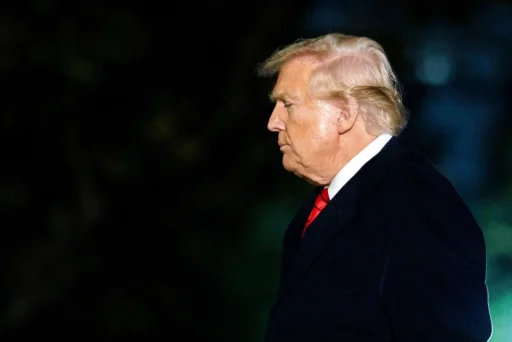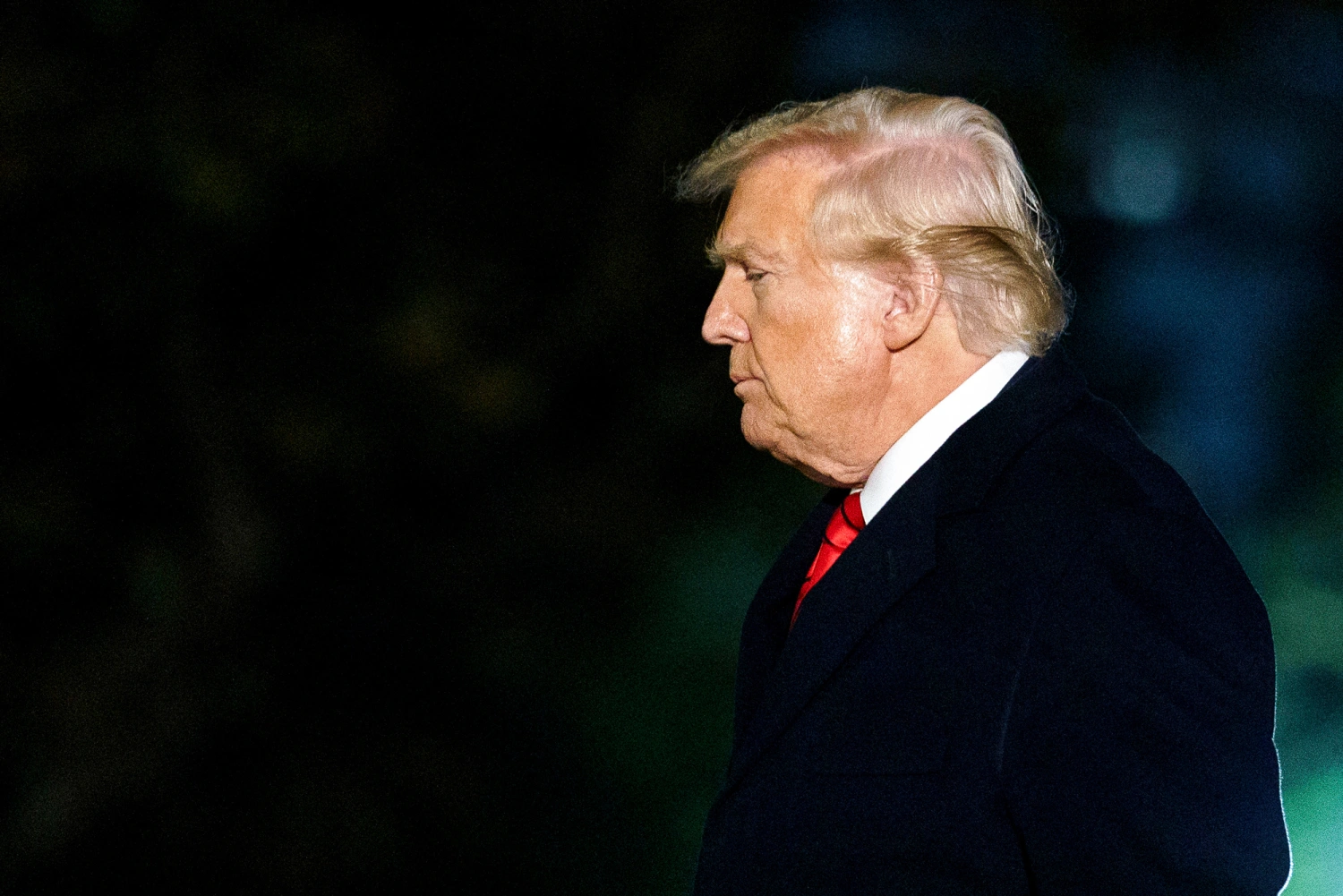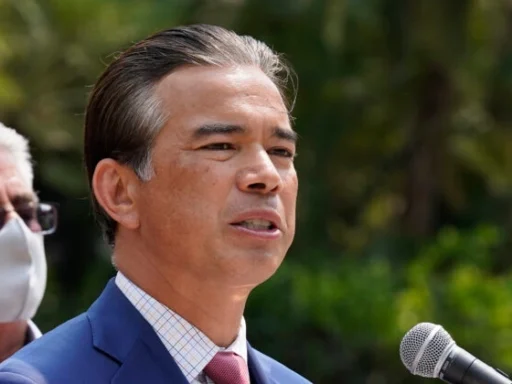Trump administration offers buyouts to federal workers: The Trump administration has announced a significant initiative, offering buyouts to approximately 2 million federal workers as part of its strategy to streamline government operations and reduce the federal workforce.
Introduction
In a bold move to reshape the federal government, the Trump administration has unveiled a plan offering buyouts to approximately 2 million federal employees. This initiative aims to streamline government operations, reduce expenditures, and align the workforce with the administration’s strategic objectives. The offer presents a significant shift in federal employment policy, prompting discussions across various sectors.
This decision has raised concerns and debates among government officials, employees, unions, and the public. Some see it as an opportunity for cost-saving and efficiency, while others worry about the impact on government services and employees’ futures. Let’s dive deep into the details of this initiative and what it means for the country.
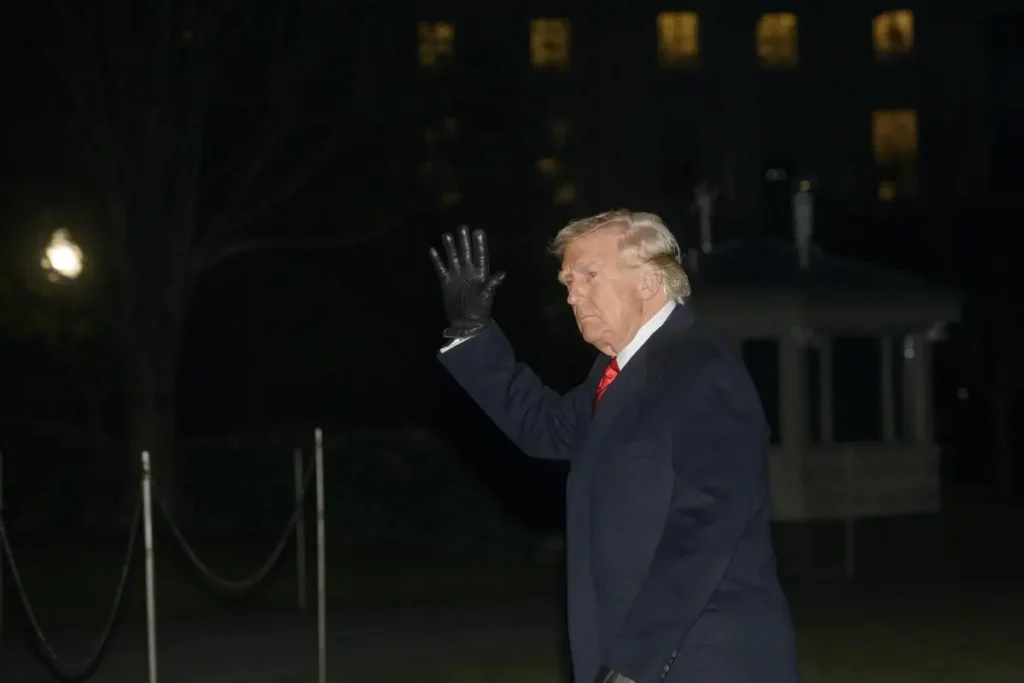
Background of the Federal Workforce Reduction Plan
The federal workforce has long been a topic of debate, with discussions centered on its size, efficiency, and role in serving the public. Historically, efforts to reduce the government’s size have surfaced during various administrations, each proposing different strategies to achieve a leaner federal structure. The current administration’s approach marks one of the most extensive attempts to date.
For decades, different presidents have attempted to cut government spending by reducing the number of federal employees. The Trump administration has taken a more aggressive approach by offering voluntary resignations with financial incentives. This move aligns with the administration’s broader goal of reducing government intervention and expenditures.
Trump administration offers buyouts to federal workers
Details of the Buyout Offer
The buyout program is designed to encourage voluntary resignations among federal employees. Eligible employees who choose to participate will receive a financial incentive equivalent to eight months of their salary. This package includes continued benefits during this period, providing a cushion for those transitioning out of federal service. The administration anticipates that this offer will appeal to employees considering retirement or career changes.
Additionally, employees who accept the buyout will not be required to report to their offices in person for the remainder of their tenure. This allows them to make a smooth transition while still receiving pay and benefits.
Implementation Timeline
The program’s timeline is structured to facilitate a swift transition. Employees have until February 6 to decide whether to accept the buyout offer. Those who opt-in will remain on the payroll without the obligation to work in person until September 30, allowing time for personal planning and adjustment. This phased approach aims to minimize disruption while achieving workforce reduction goals.
The administration has set clear deadlines to ensure that the process runs smoothly and that agencies can plan for workforce adjustments accordingly.

Departments and Agencies Affected
The buyout offer extends across various federal departments and agencies, reflecting a comprehensive strategy to downsize the government. While the initiative is broad, certain critical areas are exempt to maintain essential services. The administration has identified specific agencies where workforce reduction is feasible without compromising operational integrity.
Some of the departments that will be most affected include:
- The Department of Education
- The Environmental Protection Agency (EPA)
- The Department of Labor
- The Internal Revenue Service (IRS)
Exemptions and Critical Positions
Recognizing the necessity of maintaining core functions, the administration has exempted key positions from the buyout program. Roles in national security, immigration services, and the U.S. Postal Service are among those excluded. These exemptions ensure that vital operations continue uninterrupted, safeguarding public interests and national security.
Additionally, employees working in healthcare-related government positions, such as those within the Centers for Disease Control and Prevention (CDC) and the Food and Drug Administration (FDA), are unlikely to be offered buyouts due to the ongoing demand for their expertise.
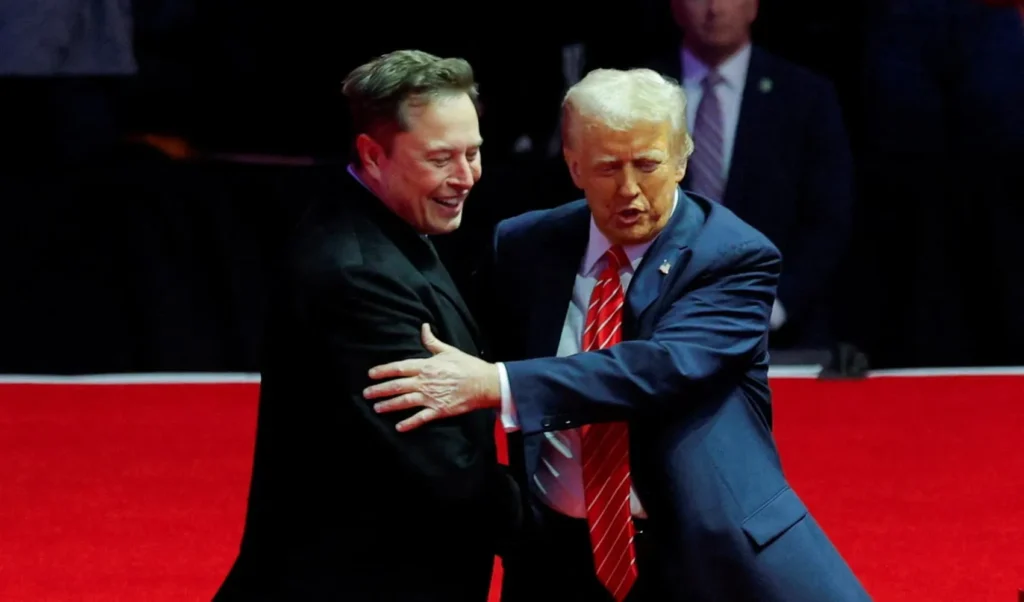
What Are the Benefits of the Buyout Program?
Supporters of the buyout program believe it has several advantages:
- Cost Savings: Reducing the number of federal employees could save the government billions of dollars in salaries and benefits.
- Increased Efficiency: A smaller workforce could lead to better management and more streamlined operations.
- Voluntary Resignations: Instead of forcing layoffs, this program allows employees to leave on their own terms.
- Opportunities for New Hires: Reducing the workforce may open doors for new employees with fresh skills and ideas.
Concerns and Criticism of the Buyout Program
While the buyout program has potential benefits, it has also sparked criticism. Here are some of the main concerns:
- Loss of Experienced Workers: Many employees who take the buyout may have years of valuable experience that cannot be easily replaced.
- Reduced Public Services: A smaller workforce could lead to longer processing times for government services, such as tax refunds and benefit applications.
- Increased Workload for Remaining Employees: If many workers leave, the remaining staff may have to take on extra responsibilities, leading to burnout.
- Uncertainty About Future Jobs: Some employees worry that leaving the government will make it harder to find stable employment elsewhere.
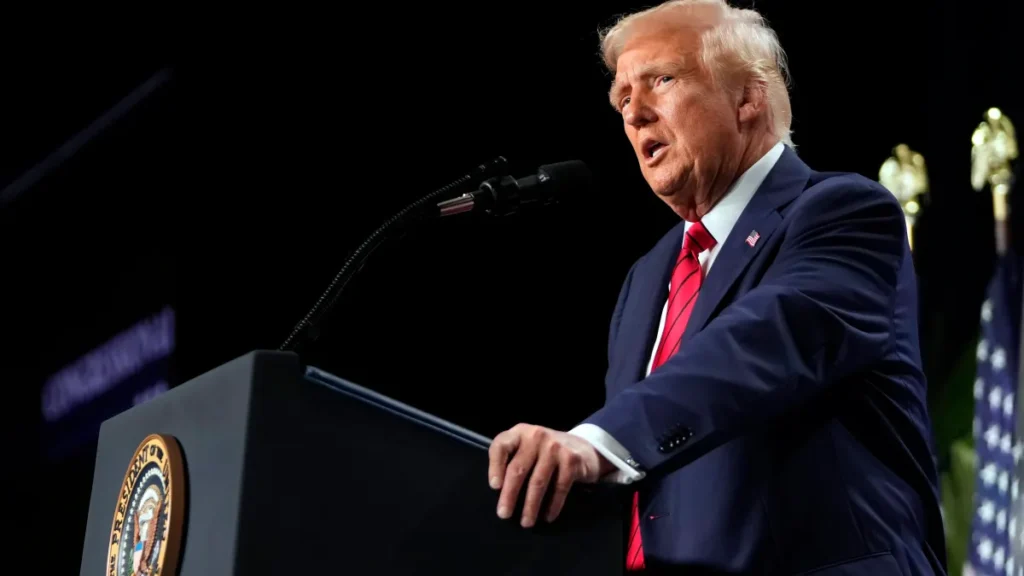
Financial Implications
The administration projects that the buyout program could lead to significant cost savings. Estimates suggest that if 5-10% of the eligible workforce accepts the offer, taxpayers could save approximately $100 billion annually. These savings stem from reduced salary obligations and associated operational costs, contributing to the administration’s fiscal objectives.
However, critics argue that the upfront costs of offering buyouts could outweigh the short-term benefits. Some economists believe that losing experienced employees could lead to inefficiencies that could cost the government more in the long run.
Additional Considerations
One of the major concerns surrounding this buyout program is its long-term impact on government efficiency. While it may lead to immediate cost savings, it is unclear whether federal agencies will be able to function effectively with fewer employees.
Another key issue is the potential impact on job seekers. If thousands of experienced workers leave, will the government have to hire new employees later? If so, will those hires cost more in training and recruitment?
Moreover, federal employees who decline the buyout may face uncertain job security in the future. Some experts speculate that additional workforce reductions could come later, possibly through forced layoffs.
Lastly, there is a broader political dimension to this decision. Some see it as part of a long-term Republican strategy to reduce the size of government, while others believe it is a necessary step to curb excessive spending. Regardless of one’s perspective, this buyout program is sure to have lasting effects.
Employee Reactions and Concerns
The announcement has elicited a range of reactions among federal employees. Some view the buyout as an opportunity for early retirement or a career shift, appreciating the financial incentive. Others express concern about job security, the potential loss of experienced personnel, and the impact on remaining staff. The decision to accept the buyout is deeply personal, influenced by individual circumstances and career aspirations.
For many employees, the uncertainty surrounding future job prospects makes the decision difficult. While some see this as an opportunity to start a new chapter in their lives, others worry about their ability to find stable employment outside the federal government.
Union and Advocacy Group Responses
Federal employee unions and advocacy groups have responded critically to the buyout initiative. The American Federation of Government Employees (AFGE), for instance, has voiced concerns that the program pressures employees perceived as disloyal to leave. Unions argue that the buyouts could lead to a depletion of institutional knowledge and adversely affect the quality of public services.
Labor unions have also warned that a reduced workforce could place additional burdens on remaining employees, leading to burnout and decreased productivity.
Political Reactions
The buyout program has sparked political debate. Democratic lawmakers have criticized the initiative, suggesting it could undermine essential government functions and lead to significant economic impacts. Some Republicans support the move as a necessary step toward a more efficient government. The discourse reflects broader ideological divides regarding the role and size of the federal government.
While the administration argues that reducing the workforce will cut unnecessary spending, opponents claim that it will weaken government agencies that provide critical services to the public.
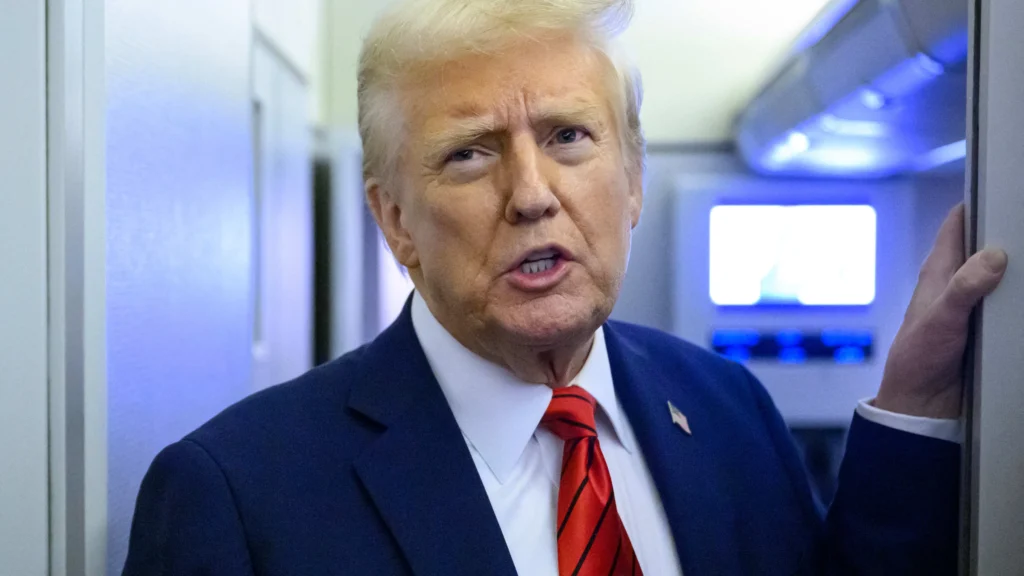
Conclusion
The Trump administration’s decision to offer buyouts to approximately 2 million federal employees marks a significant shift in government workforce policies. While the move is expected to save billions in taxpayer money, it has raised concerns about its long-term impact on government services and employee morale.
As federal workers weigh their options, the nation watches closely to see how this initiative will unfold. Will this strategy lead to a more efficient government, or will it create unforeseen challenges? Only time will tell.
Frequently Asked Questions (FAQs)
1. What is the purpose of the buyout program?
The buyout program aims to reduce the federal workforce and cut government spending by offering financial incentives for voluntary resignations.
2. How much will employees receive if they accept the buyout?
Eligible employees will receive a lump-sum payment equivalent to eight months of their salary, along with continued benefits for a limited period.
3. Are all federal employees eligible for the buyout?
No, certain critical positions, including those in national security, immigration services, and healthcare-related agencies, are exempt from the program.
4. What is the deadline for accepting the buyout offer?
Employees have until February 6 to decide whether to accept the offer, and those who do will remain on the payroll until September 30 without reporting to work.
5. How will the buyout program impact government services?
While the administration believes the move will increase efficiency, critics argue that reducing the workforce could lead to service delays and decreased government effectiveness.
Source : NBC News
